Health, law and the future: towards a new European legal framework
We speak with three renowned lawyers specialized in Health Law to break down the legal keys that will shape the future of the sector
by mercedes galán
Experts: Ofelia De Lorenzo Aparici, managing partner at De Lorenzo Abogados; Héctor Jausàs, partner in life sciences at Fieldfisher; Francisco Javier García Pérez, partner at Uría Menéndez
European Health Law is at a decisive crossroads. With the imminent implementation of the European Health Data Space (EHDS), the approval of the future International Pandemic Treaty, and the emergence of technologies such as clinical artificial intelligence, Europe is moving towards a common health governance. But are our legal frameworks prepared for this leap? How can we ensure that innovation does not erode fundamental rights?
HEALTH DATA: DRIVER OR THREAT?
The digitalization of the health sector has placed the tension between personal data protection and its secondary use for research or technological innovation at the center of the debate. Are we facing a real threat to individual rights or a historic opportunity for collective advancement? “Mass exploitation of data presents risks, yes, but also real possibilities for healing, prevention, and improving public health policies. We must balance the right to data protection with the right to health and the public interest. These are not incompatible rights, but must coexist harmoniously”, says Ofelia De Lorenzo Aparici, managing partner at De Lorenzo Abogados.
In this context, the secondary use of health data — for purposes other than clinical treatment, such as scientific studies, epidemiological analyses, or health planning — generates unprecedented legal tensions and forces a rethinking of the classical foundations of consent, confidentiality, and control over personal information.
Along these lines, Héctor Jausàs, partner in life sciences at Fieldfisher, maintains that this balance is not only possible, but essential for modern healthcare: “Privacy and innovation are not opposing goals. The secondary use of data can be carried out with proportionality, pseudonymization, traceability, and solid ethical governance. What matters is that the system is reliable, transparent, and that the patient does not lose control.”












